Night Skiing: Tips for an Unforgettable Experience
28 April 2025
Skiing under the moonlight and gliding down illuminated slopes is an exhilarating experience that every skier should try at least once. There's something magical about carving through fresh snow under twinkling stars, with the crisp night air adding to the thrill. But before you hit the slopes after dark, you'll want to prepare properly to make the most of your night skiing adventure.
In this guide, we'll cover essential tips to ensure your night skiing experience is not only unforgettable but also safe and enjoyable. 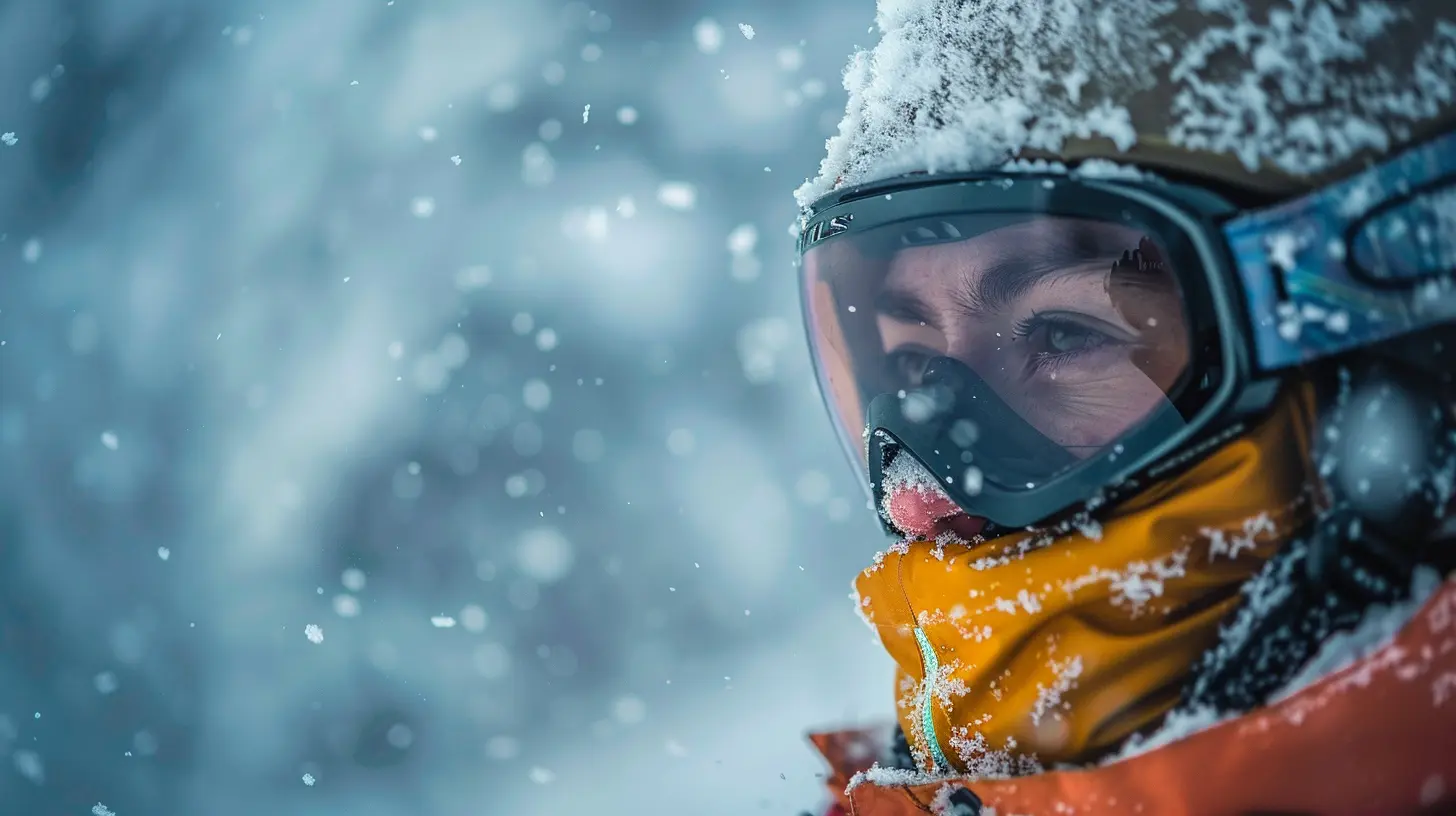
Why Try Night Skiing?
If you've only ever skied during the day, you might wonder what all the hype is about when it comes to night skiing. Well, here are a few reasons why it's worth trying:- Smaller Crowds – Most skiers stick to daylight hours, meaning fewer people on the slopes at night. This means shorter lift lines and more open space for you to carve your way down.
- Unique Atmosphere – The glow of the snow under artificial lights, the starry sky above, and the calm, quiet ambiance make for a surreal and peaceful experience.
- Different Conditions – The snow conditions at night can be quite different from daytime skiing. Cold evening temperatures often create a firmer, more compact surface, providing a different challenge for skiers.
- Extended Time on the Slopes – If you can’t make it to the mountains during the day, night skiing is a fantastic option to get your fix after work or school.
Now that you're excited about hitting the slopes at night, let’s talk about how to prepare for the best experience possible. 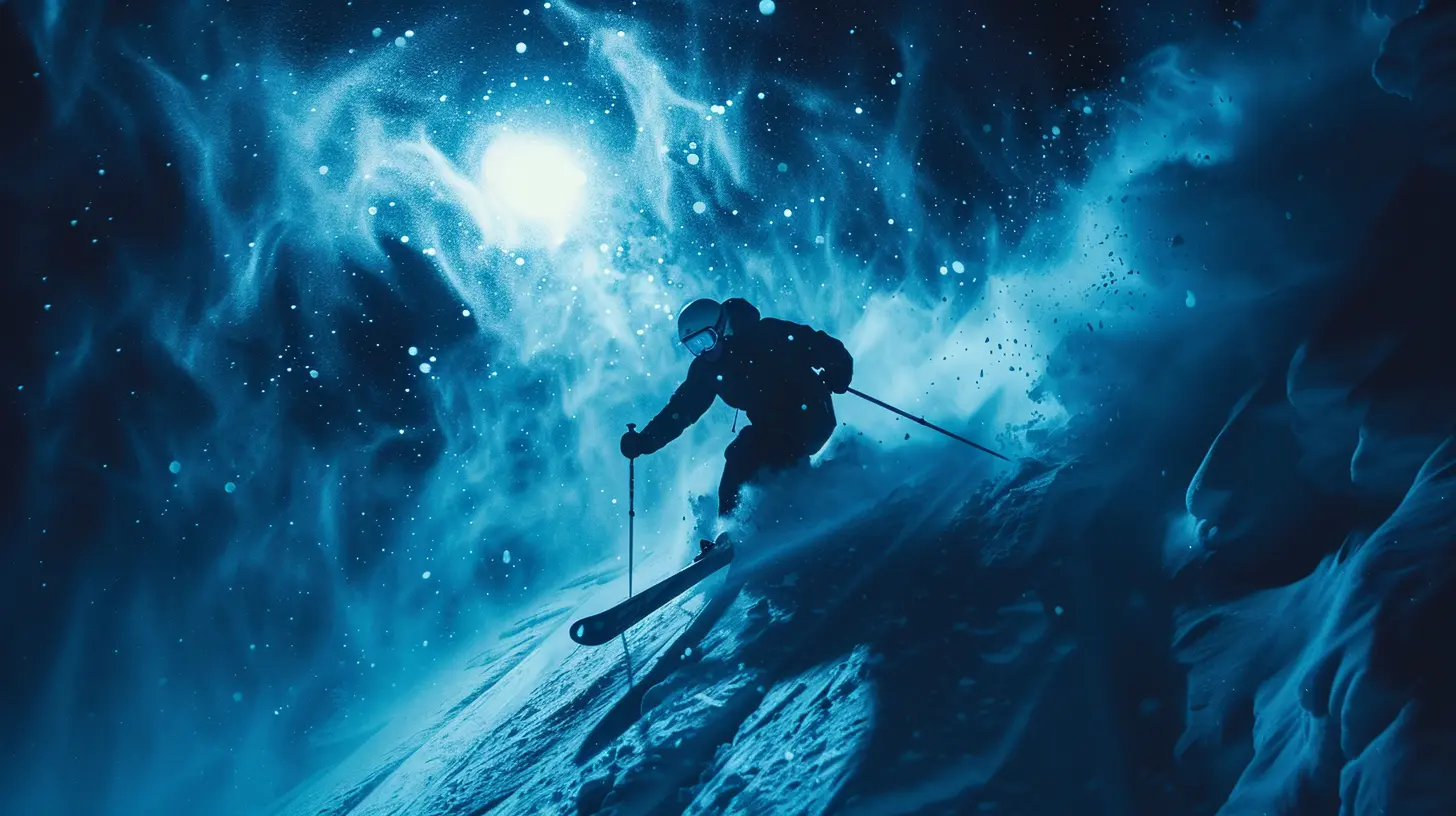
Gear Up for the Night
Your regular ski gear will work for night skiing, but a few tweaks can enhance your experience and keep you comfortable.1. Wear the Right Layers
Temperatures drop significantly after sunset, so layering is key. Opt for:- A moisture-wicking base layer to keep sweat away.
- An insulating mid-layer to retain warmth.
- A waterproof and windproof outer shell to block gusts and moisture.
Make sure to wear insulated gloves, a neck gaiter, and thermal socks to lock in warmth.
2. Choose the Right Goggles
Standard ski goggles with dark tinted lenses won't do you any favors at night. Instead, go for:- Clear or light-tinted lenses – These enhance visibility by allowing as much available light as possible to reach your eyes.
- Anti-fog coating – Night skiing can lead to colder conditions that cause fogging. Look for goggles with anti-fog treatment.
3. Use a Helmet with a Headlamp
While most resorts have well-lit trails, some areas may still have shadowed spots where visibility is reduced. Adding a small headlamp to your helmet can be a game-changer, giving you extra clarity where you need it.4. Consider Hand and Toe Warmers
If you're prone to cold extremities, stash some disposable hand or toe warmers in your gloves and boots. Keeping your hands and feet warm is crucial for maintaining your overall comfort throughout the night.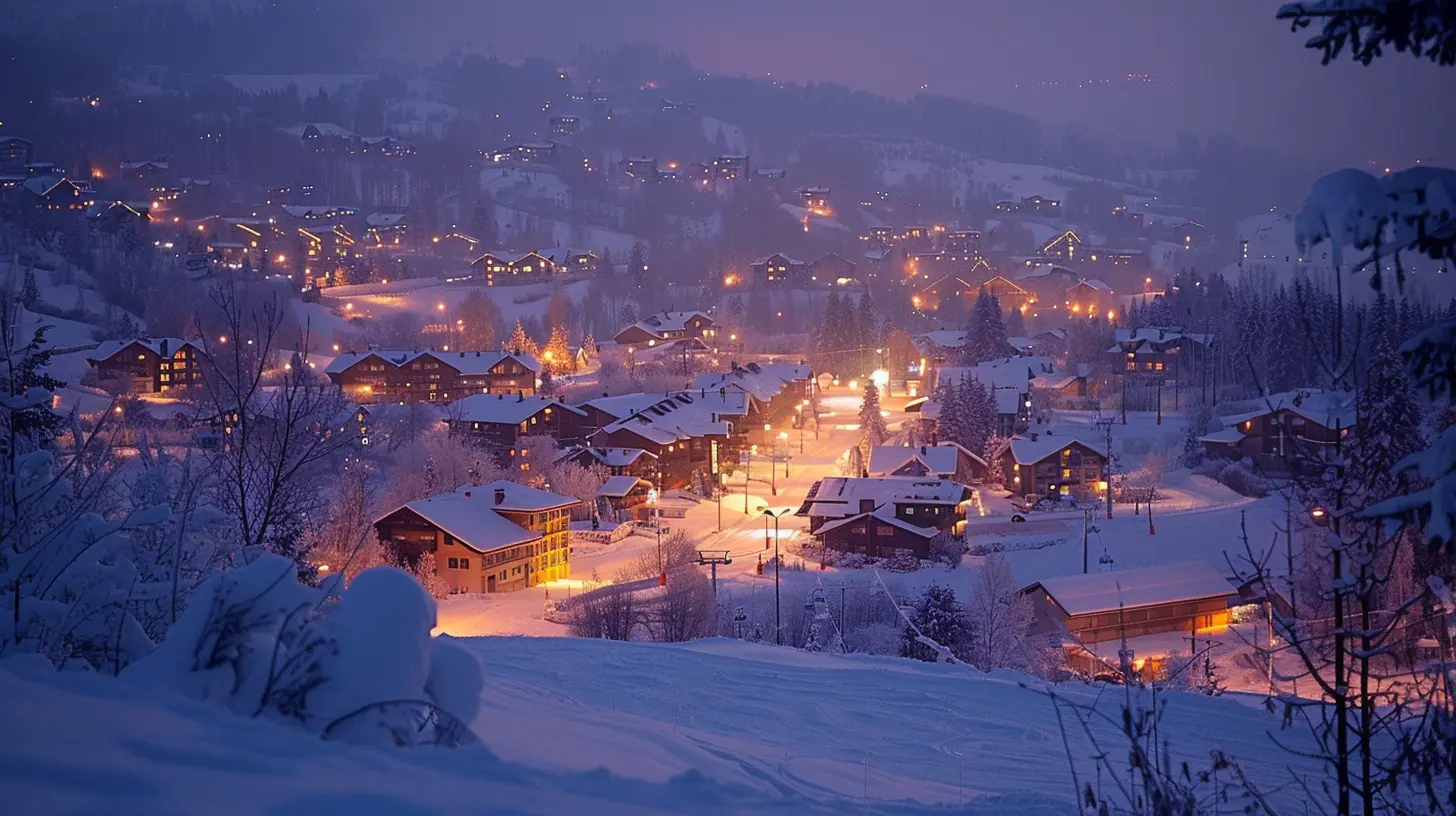
Mastering Night Skiing: Techniques & Safety Tips
Night skiing presents a slightly different challenge compared to daytime skiing. Visibility is lower, and the snow tends to be firmer, so adjusting your technique is essential.1. Adjust to Lighting Conditions
Artificial lighting casts different shadows compared to natural daylight, which can make it harder to read the terrain. To adapt:- Keep your gaze focused ahead instead of directly down at your skis.
- Stick to well-lit trails until you’re confident navigating in dimmer conditions.
- Slow down initially to get comfortable with depth perception under artificial light.
2. Be Aware of Changing Snow Conditions
Nighttime temperatures can cause snow to harden into an icier surface. This means:- Edges matter! – Sharpen your ski or snowboard edges to maintain better grip on icy patches.
- Adjust your balance – Stay centered over your skis and use controlled, deliberate turns to avoid skidding.
- Watch for refrozen tracks – Tracks left by daytime skiers can harden into grooves, making turns trickier.
3. Ski with a Buddy
Even if you're an experienced skier, night skiing is best enjoyed with at least one other person. A partner can help in case of a fall or if you get disoriented on the slopes.4. Stay Aware of Your Surroundings
While there are fewer skiers on the mountain at night, that doesn’t mean it’s empty. Keep an eye out for:- Snowboarders and skiers moving at different speeds.
- Ski patrollers ensuring safety on the slopes.
- Low-visibility areas that may be harder to navigate.
5. Take Breaks to Warm Up
Night skiing can be colder than you expect. Take periodic breaks in the lodge to grab a hot drink and warm up before heading out for another run.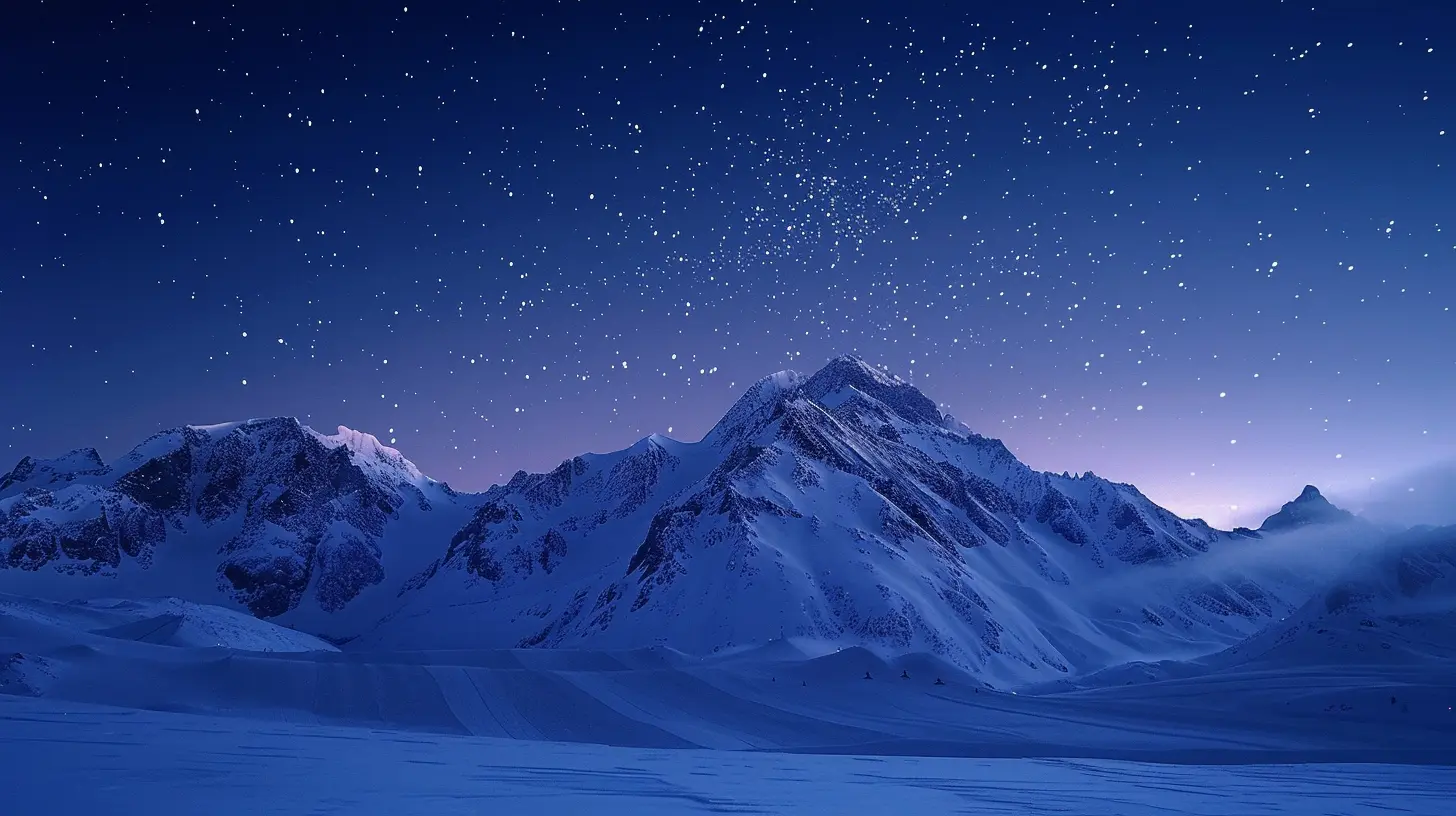
Where to Go Night Skiing?
Not all ski resorts offer night skiing, so it’s worth checking in advance. Some of the best night skiing spots in North America include:- Keystone Resort, Colorado – One of the most well-known night skiing destinations, offering well-lit runs with incredible views.
- Big Sky Resort, Montana – Ski under the stars on beautifully maintained slopes.
- Mountain Creek, New Jersey – A fantastic East Coast option for those near NYC.
- Stevens Pass, Washington – Features extended nighttime hours and great snow conditions.
Many resorts offer discounted night skiing tickets, making it a budget-friendly alternative to daytime skiing.
Final Thoughts
Night skiing is an unforgettable experience that offers a fresh perspective on the sport. Whether you're carving under the stars for the first time or looking to refine your nighttime technique, the right preparation can make all the difference. With the right gear, smart techniques, and an adventurous spirit, you’re set for an incredible time on the slopes.So grab your skis, dress warm, and embrace the magic of skiing after dark!
all images in this post were generated using AI tools
Category:
SkiingAuthor:

Frankie Bailey
Discussion
rate this article
7 comments
Ruby McEvoy
Night skiing offers a unique experience with stunning landscapes and quieter slopes. Essential tips include proper lighting, dressing in layers, and maintaining visibility. Safety equipment is crucial, and always be mindful of changing conditions to enhance your adventure.
May 18, 2025 at 7:56 PM

Frankie Bailey
Thank you for your insightful comment! Your tips are spot on for ensuring a safe and enjoyable night skiing experience.
Eli McMaster
Night skiing: where you can crash into trees in a whole new light! Remember, if you hear someone yell 'look out!' it’s either a warning or your own ski buddy's last words. Bundle up, and may your night be filled with more gliding than sliding!
May 12, 2025 at 10:26 AM

Frankie Bailey
Thanks for the fun comment! Stay safe and enjoy the adventure under the stars!
Luma Price
Night skiing sounds like a thrilling adventure! I can’t wait to try it. Great tips in this article—especially the one about dressing in layers!
May 4, 2025 at 12:17 PM

Frankie Bailey
Thank you! I'm glad you found the tips helpful. Enjoy your night skiing adventure!
Sloan Bell
Night skiing: because who needs sunlight to see the impending faceplant? Just remember: if you hear a crunch under your skis, it’s either fresh powder or the remains of your dignity. Bundle up and embrace the glow of those ski headlights!
May 3, 2025 at 6:49 PM

Frankie Bailey
Haha, exactly! Night skiing adds a whole new thrill to the slopes. Just keep those headlights on and enjoy the ride!
Scarlett McGinnis
Great tips! Night skiing sounds thrilling—can’t wait to try it!
May 3, 2025 at 10:42 AM

Frankie Bailey
Thank you! Night skiing is an amazing experience—enjoy the adventure!
Bridget Baxter
Ever tried night skiing while wearing glow-in-the-dark socks? It’s like racing through a snow globe lit by stars! Just remember: the only thing colder than the snow is the look you’ll get if you steal a snowman's carrot nose for a snack!" 🥕✨🏂
May 1, 2025 at 8:48 PM

Frankie Bailey
What a fun image! Night skiing with glow-in-the-dark socks sounds magical—just make sure to leave the snowman’s snack alone! 🥕✨
Eloise McGillivray
Great article! Night skiing offers a magical experience under the stars. I appreciate the practical tips you've shared. They’ll definitely help both novices and seasoned skiers enjoy the slopes after dark. Thanks for the insights!
April 28, 2025 at 4:26 AM

Frankie Bailey
Thank you for your kind words! I'm glad you found the tips helpful—enjoy your night skiing adventures!
MORE POSTS
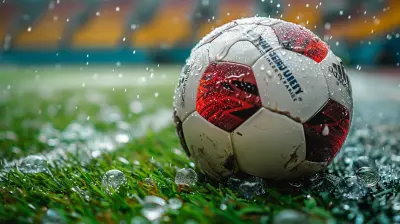
The Importance of Game Management in the Final Moments

Sleep and Sports Performance: The Science of Rest and Recovery
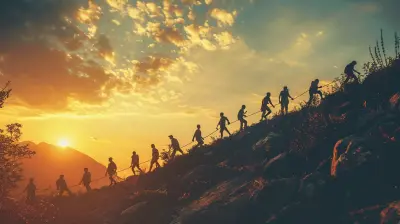
Balancing Tradition with Innovation: The Evolution of Coaching Philosophies

Why Every High School Athlete Should Consider a Mentorship Program

The Most Shocking Upsets in Wrestling History
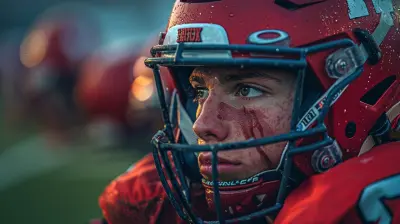
The Importance of Rest and Recovery for High School Athletes